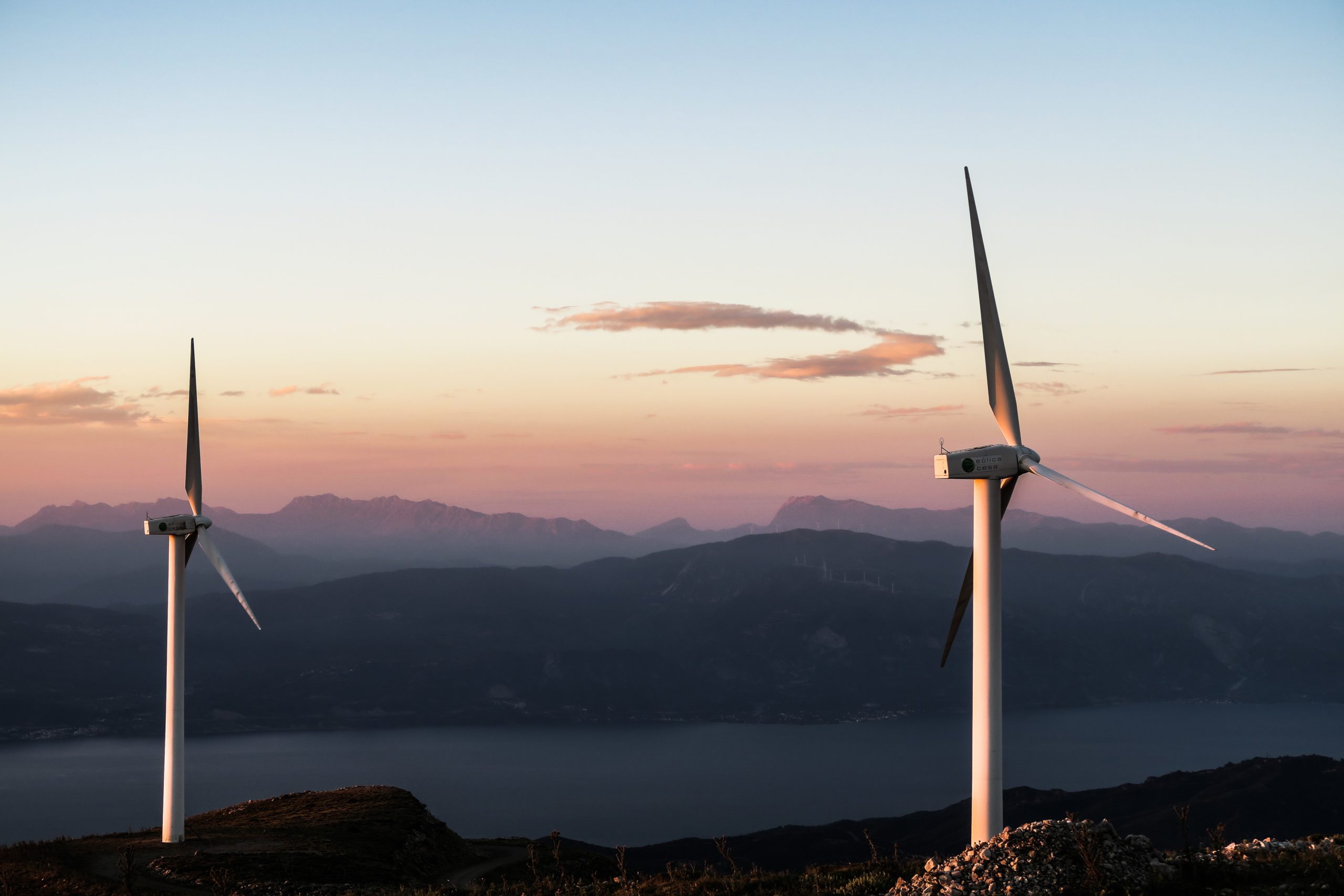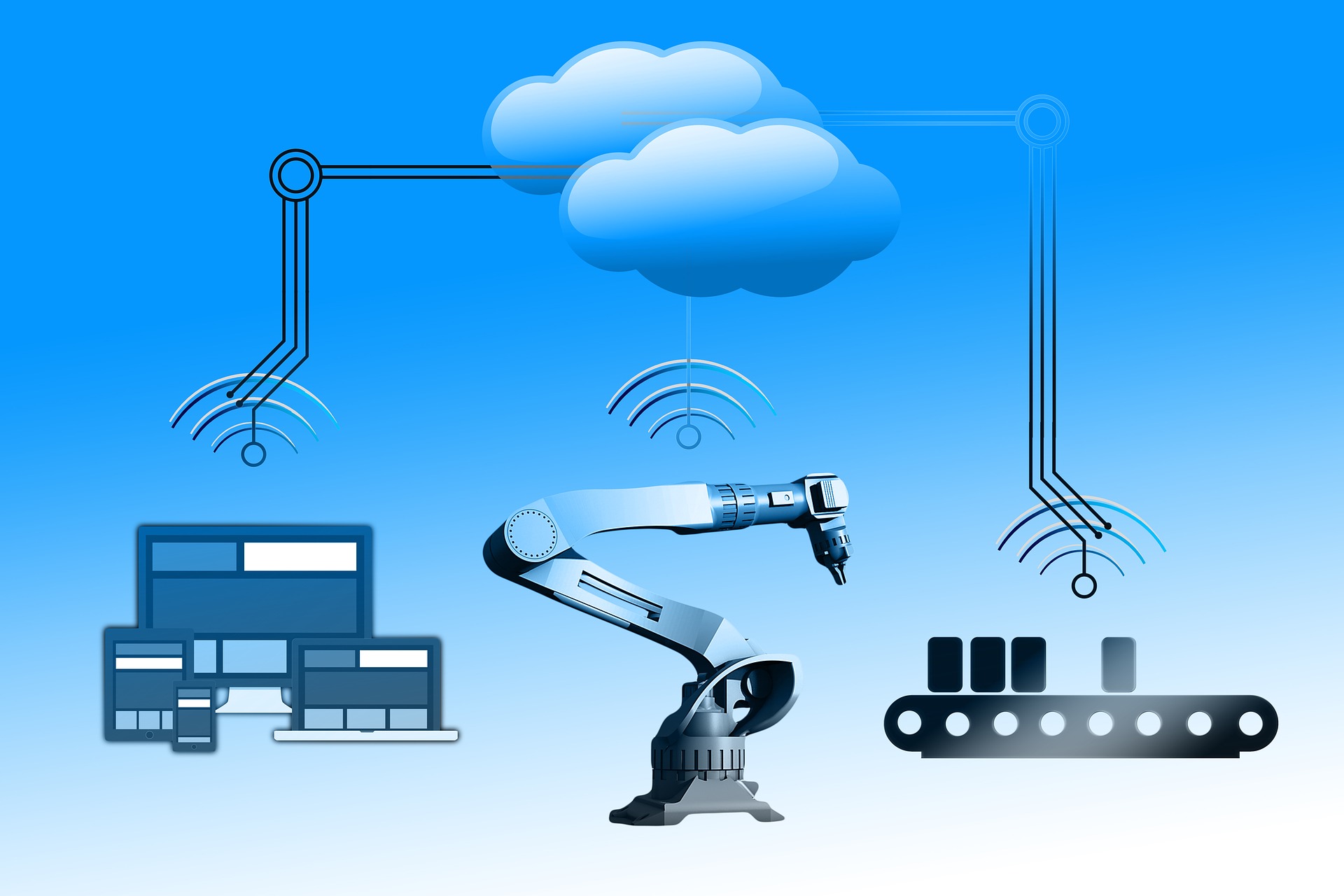Sustainability: create value for the companies
In recent years, the word sustainability has been widely used (and abused) in different contexts, like institutional papers and companies’ strategies. This term is often used as a synonym for ecology and green practices. Sustainability is, however, a more articulated and profound concept that touches different aspects.
Sustainable development aims surely at protecting the environment, but also at socio-economic practices that have an impact on people’s wellness.
Sustainability is defined by four pillars:
- Governance,
- Planet,
- People,
- Prosperity.
With this model, companies can undertake the transformation process to increase the company's value. Companies that do not act in this direction will be unsustainable in the near future and will be excluded.
Green solutions to protect the environment
The focus on the environment is surely the most known pillar of sustainability and there are several solutions for companies to reduce their carbon footprint.
Among the most popular, we can underline the following ones:
- renewable energies to reduce the use of fossil fuels. New technologies, like the Internet of Things, can help companies to optimize energy consumption and promotes energy efficiency;
- the circular economy that can promote the virtuous circle of reuse, and recycling and give a second or third life to materials or objects;
- sustainable mobility for people and goods.
Sustainability for the society wellness
Sustainability, as written before, is not only related to the environment, but also to the society and economy. Besides focusing on the productive processes, it is necessary to focus on who is working in the company, who works on that process, and the territory. It’s a people-centered approach that promotes social innovation.
Thanks to AI and IoT applications, it is possible to make a workplace safer and reduce injuries and illnesses. Involving workers in the sustainable transition stimulates productivity because people are more involved and they are no anymore a simple part of the mechanism.
Create value, not only a profit
It’s obvious that a company has to make profits to continue its business. Still, in a sustainable ecosystem, it is necessary to overcome the pure concept of profit and focus on creating value. It’s a fundamental element to evaluate a company, its social responsibility, and its investments.
In this case, as well, new technologies, like AI and IoT, can support companies to improve productivity and work efficiency. Thanks to IoT, it is possible to collect reliable data and information to define KPIs for a successful sustainable business.
A company must find a balance between profit and wellness in a perspective of sustainable growth to have a broader view of the future and new generations.
Mas Elettronica for a sustainable development
Mas Elettronica supports businesses in the transition towards sustainability. Among our products, we highlight Smart Gateway Controller, oriented towards Smart Energy and IoT applications. The Control Box is an innovative and low-cost gateway to collect, process, and send information.
For more information about the Smart Gateway Controller
Digital technologies and renewable energy for a sustainable future
Imagine that one business could be more sustainable, environmentally friendly, and careful with people’s lives: it cannot be only a thought, a slide on a presentation, but it can and must be a real project for the future of every business. But to realize this transition towards better sustainability it is necessary adequate technological innovation.
For decades, the economy has been based on the paradigm of more production-better profit without taking into account the entire ecosystem. Planning a sustainable future means redesigning a business’s final purpose to reduce, or eliminate, the negative impact of industrial processes on the environment and society.
Digital Technologies for the energy of the future
Among the keywords of sustainability, there is the responsible use of natural resources to preserve the environment and the needs of future generations. According to some estimates, petrochemical, steel, and concrete industries produce the highest carbon emissions, with 52% of global emissions. In this emergency situation, that we are mainly experiencing in Europe, it is difficult to implement a complete transition to renewable energy, but the path is defined. According to a study by Ernst & Young, future energy will be decentralized, decarbonized, and digital.
The digital transition is fundamental for an energy future that can be more sustainable. Digitizing a system or a process means making it more efficient. It means monitoring the consumption of energy to estimate volumes and emissions. It means organizing better storage of energy and raw materials and distributing them where it is really needed.
Digital technologies, like Artificial Intelligence and the Internet of Things, can help reach these goals. They can make the complex energy system more efficient and sustainable. Thanks to smart sensors and machine learning technologies, digital technologies can manage processes, perform predictive maintenance, monitor systems, and collect real-time data to analyze and make the best decisions.
Digital technologies and security
Digitizing a system involves a high exchange of data and information, that are essential and sensitive, too. Therefore they require a secure and protected network to share data. Digital solutions, like Blockchain, allow a high level of data security in financial transactions and other sectors. They represent an essential opportunity for data exchange in the energy sector, too.
Lastly, it is important to observe that digital technologies are not exempt from energy consumption and they have an impact on the environment. The ICT sector, with data centers and internet traffic, requires a share of the global energy demand. If in 2020 this part was around 1-2% of the worldwide energy demand, the sector would grow very fast in the following years. With the growth of services like video streaming, the need for energy will grow consequently.
MAS Elettronica a supporto delle tecnologie digitali per un futuro sostenibile
Mas Elettronica has always been focused on innovative technology for all businesses, Italian and International ones. Thanks to our products, it is possible to automatized and optimized processes to improve production and environmental sustainability.
SBC Mina is the right product to optimize processes with a high level of security thanks to the security module TPM.
Digitalization 5.0, digital and green transition: what should a technological partner offer?
The digital and green transition is a strategic point at the center of the European Agenda to give a new boost to the Economy and to focus on a more sustainable and technological future. Thanks to this dual transition, the EU forecasts a vital impact (and partially it is already happening) on the economy, industry, and society. The global pandemic has surely accelerated some aspects of this transition, especially regarding digitalization, but at the same time, it has underlined the obstacles that need to be solved to reach the goals. In the New Industrial Strategy for Europe 2021, the EU Commission laid the foundation to define the strategies to support and accelerate this transition towards faster digitalization and a green economy through transition paths, international projects, or partnerships. To support this crucial phase, the EU has allocated enormous resources that supply the PNRR Plan (Piano Nazionale di Ripresa e Resilienza).
PNRR for the digitalization and the green transition
The PNRR plan (the National Recovery and Resilience Plan) is an intervention to concretize the Next Generation EU. This fund aims at repairing the economic damage caused by the pandemic crisis. The PNRR represents an essential opportunity for companies to begin sustainable growth. The digital transition will absorb one-third of the PNRR’s resources, splitting interventions between two main sectors: digital infrastructure and connectivity on one side and digitalization on the other.
Italy is the country that benefits most from the Next Generation EU resources. The EU Recovery and Resilience Plan guarantees more than 191 billion euros to be used by 2026:
- 71,1 billion to be allocated to the green transition,
- 48,1 billion to be allocated to digitalization.
In addition to these resources, we need to add the React EU with 13 billion euros and the Complementary Fund, provided by the Italian Government, which reaches 30,62 billion euros.
The PNRR interventions refer to three main EU strategic pillars:
- digitalization and innovation;
- green transition;
- social inclusion.
Among the six PNRR missions, two are particularly related to the digital and green transition:
- Mission 1: Digitalization, innovation, competitiveness, and culture, that aims at modernizing the infrastructures, the Public Administration, and the production system;
- Mission 2: Green revolution, which includes goals like sustainable agriculture, circular economy, renewable energy, energy consumption, and sustainable mobility.
Challenges for the digital and green transition
Besides the procedures to arrange the resources for the dual transition, there are challenges that are hindering technological progress, like the raw materials supply. An analysis of the strategic sectors for Europe points out that the EU relies on external supply for raw materials, batteries, semiconductors, cloud, and edge technologies. All these sectors are fundamental for digital transformation.
How to solve this issue?
MAS supports the digitalization and the green transition
To promote the digital and green transition, and benefit from the PNRR resources, a company needs a solid IT infrastructure and the best technical skills. MAS Elettronica can support small, medium, and large companies in the digital and green transition. Thanks to our experience and expertise, we design efficient embedded systems that can be adapted for any project. Planning, programming, and versatility allow us to confront the most difficult challenges, like raw materials supply, and comply with the client's needs and timings.
DISCOVER OUR SERVICES
Predictive Maintenance for a more sustainable future
Machine maintenance is one of the most important aspects of every industrial business. Until now, industries have adopted two types of maintenance: reactive and preventive. The first one, reactive maintenance, is a reaction to an issue: it is done when a machine breaks down and there could be a production stop. The second type, preventive maintenance, is like car maintenance: it is done at a specific moment and, usually, some components are substituted even if they are still in good condition because the following control won’t be soon.
Thanks to Industry 4.0 technologies, another type of maintenance fits in the industrial world bringing important benefits: predictive maintenance.
What does predictive maintenance mean?
Predictive maintenance uses the most sophisticated technologies, like AI, the Internet of Things, and Machine Learning, to analyze data in real-time and promptly intervene to avoid damages or interruptions during the production process. Thanks to Big Data, it is possible to perform predictive analysis on machinery. Basically, predictive maintenance detects problems before they occur.
Innovative technologies allow companies to perform this type of maintenance also on remote machinery, in poorly accessible or risky areas.
Environment sustainability, safety, and productivity
AI applications maximize productivity thanks to real-time data analysis that allows industries to take the best decisions at the right time. However, the benefits of predictivity aren’t only related to production and the economic impact on a company, but they are also linked to environmental sustainability and workforce security.
Sustainability is today an important part of industrial strategies: thanks to predictive maintenance it is possible to implement significant improvements to reduce the impact on the environment. Extending the average life of machinery with a consequent reduction of obsolete machines and not-recyclable components is possible. By analyzing machines’ performances, it is also possible to estimate the energy consumption and find solutions for energy efficiency, reducing energy needs and CO2 emissions.
Predictive maintenance is the optimal solution to avoid excessive controls and useless interventions (that would mean additional costs and workforces) or on the other hand a lack of maintenance (in this case would also mean expensive interventions and production stops). By using data from sensors on machinery, it is possible to schedule maintenance when it is really necessary.
Predictive maintenance is also fundamental to guarantee more safety for workers because it is possible to predict faults that could be risky for the plant operation.
Predictive maintenance: a technological challenge
Predictive maintenance is strictly linked to adequate technologies, like AI, the Internet of Things, or Machine learning, to collect and process information and support algorithms. The transformation process towards a predictive model includes an innovative vision and a structured roadmap to support the required technological change.
MAS Elettronica helps companies towards this predictive transition thanks to boards with specific functionalities, like MAS Control Box, a board from Modul MAS family dedicated to Smart Energy and IoT applications. Control Box is a smart and low-cost gateway to collect, control, process, and send - with MQTT protocol - information and data that come from other members of the family (Piccola, Smart Sensor, Solar Power Box).
DISCOVER SMART GATEWAY CONTROLLER






